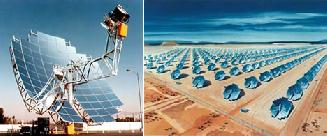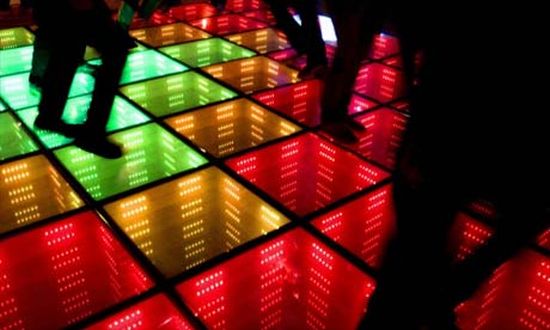
What’s happening right now
The initial plants for electricity generation were based on thermal and hydro-electric power. Presently, we also depend on sources like nuclear fuels, natural gas and petroleum to derive power. The depletion of conventional sources has prompted us in the direction of using alternative sources of energy and a small fraction of energy need is met through solar energy, OTEC(tidal energy), wind and geothermal sources.
Piezoelectric technology is a promising renewable energy source based on electromagnetic properties of certain minerals.
Trends:
1. Innowattech’s piezoelectric devices tested in Israel
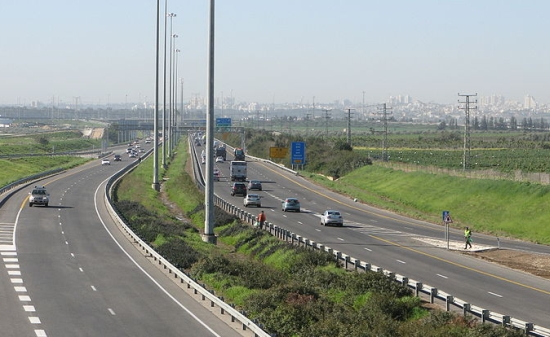
Based on a concept developed at Innowattech, continual research is being done in Israel by placing power generators underneath the road’s surface so that the mechanical energy of cars can be captured and turned into electricity. The roadways hence become sources of energy generation. Installing piezoelectric generators underneath a ten-meter strip of asphalt could generate about 2000Wh of electricity. The first test implementation was over ten-meter stretch of road on Israel’s main north-south highway, which will now be expanded to one-kilometer sections. Similar applications can be in pedestrian walkways, airport runways, etc. If generators are installed five centimeters beneath the upper layer of asphalt, a 1km stretch of a single lane road would be able to generate about 200KWh, while a four-lane highway would produce about 1MWh of electricity, which is enough to power 2500 household.
2. MIT develops smart fiber that carries light and electricity
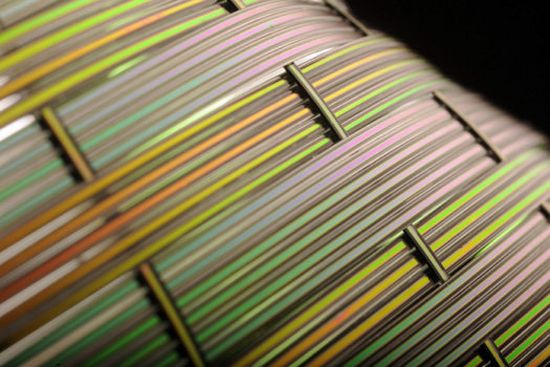
MIT scientists under the protégé of Prof. Yoel Fink have created a new fiber using many heat and light sensitive materials. It has piezoelectric functionality and can convert mechanical changes into sharp electric signals.
The material so formed could heat and stretch uniformly and retain its crystalline piezoelectric properties too. It has a core to carry light, a piezoelectric layer and electrodes for carrying electricity to and from the piezoelectric layer under vibration or pressure. For instance, if woven into carpets, people walking across them can be counted.
3. Bright Walk illuminates your run on renewable energy
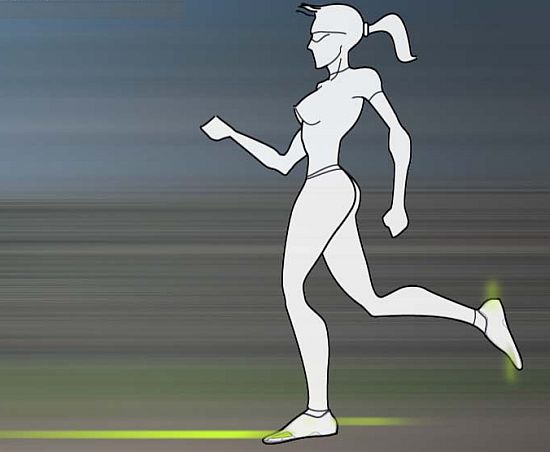
To make the way bright and clear when it’s dark are the running shoes equipped with electroluminescent polymers powered by piezoelectric generators. Designed by industrial designer Alberto Villarreal from Mexico, these shoes help people, especially fitness freaks, illuminate their ways without having to carry anything. Running shoes are equipped with electroluminescent polymers powered by piezoelectric generators.
4. Georgia researchers develop world’s first self-powered nano-scale sensor
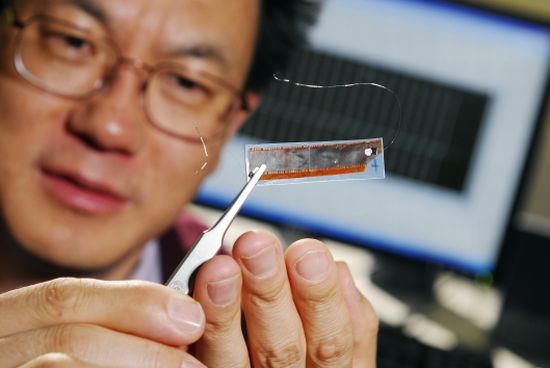
Research at the Georgia Institute of Technology has led to the development of world’s first self-powered sensors at nanometric scale. Equipped with thousands of nanowires, these sensors generate electricity when strained mechanically. The research team has also discovered that reducing the component size raises the efficiency of nano-scale generators such that these can be used in microscopic sensors.
5. French sidewalk generates piezoelectricity to power streetlights
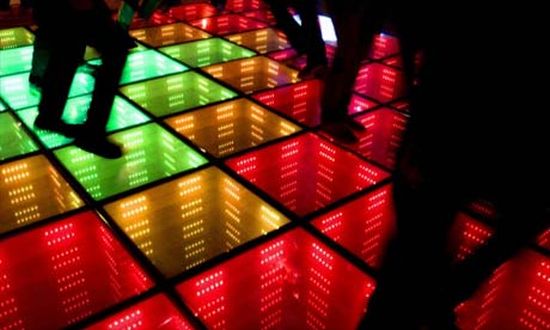
Piezoelectric devices find numerous applications ranging from dance floors to subway stations. Toulouse in France is the first city to use the technology to generate electric power enough to run streetlights. When the pedestrians walk down the street, the pressure sensitive modules attached to sidewalks lead to power generation.
This technology originating from a Dutch company, Sustainable Dance Club, features embedded micro-sensors that generate electricity on the application of pressure. Currently, the system consisting of a section of eight modules can generate about 60W of renewable power, enough to power a street lamp.
6. Piezoelectric shower heats water without consuming electricity
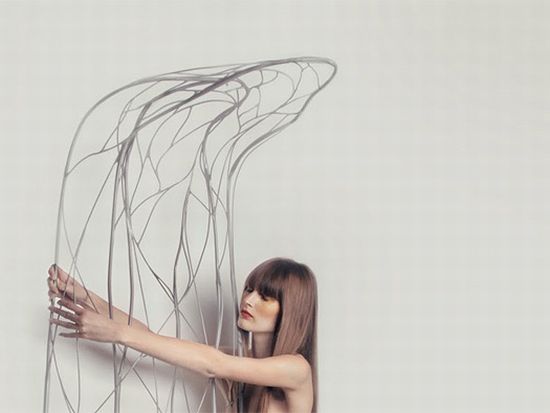
The luxurious showers consume lots of energy for water-heating and waste considerable amount of water too at the same time. A team of cross-continental designers from Mexico, Finland and Germany have developed the “Piezo Shower” in which tubing is embedded with a circuit of piezoelectric nano-wires that uses energy of water to generate electricity and in-turn heats water. The design helps maximize the surface area for the heating process. The set of piezoelectric nanowires also powers a touchscreen controller to measure and regulate water.
The concept
Piezoelectricity is based upon the ability of certain electromagnetic materials to generate an electric field in response to mechanical stress. In an era where the significance of renewable energy is well proved, piezoelectricity is a promising alternative source of energy. At present the usage of piezoelectricity seems far from practicality for portable gadgets. But designers concerned about the energy crisis are working to enhance its utility for portable gadgets and beyond.
If a floor is engineered with piezoelectric technology the pressure due to footsteps is captured by floor sensors and converted by the piezo materials (crystals, ceramics) into electric charge which is stored and used as a power source.
The advantages
Piezoelectric devices can be embedded in highways to generate electricity from moving cars. Piezoelectric crystals are used in high voltage and power sources. In an electric cigarette lighter, pressing the button causes a spring-loaded hammer to hit a piezoelectric crystal, producing a sufficiently high voltage electric current that flows across a small spark. Piezoelectric sensors are used with high frequency sound in ultrasonic transducers for medical imaging and industrial nondestructive testing(NDT). Ultrasonic piezo sensors are used to detect acoustic emissions in acoustic emission testing.
The impact
Piezoelectricity shall definitely have huge impact in our near future. At present it finds numerous applications, which will increase further owing to the desirable characteristics of the technology. Piezoelectric devices embedded in highways are used for electricity generation. In the detection and identification of sonar waves also piezo electric elements find significant application.
Imagine a dance floor packed with moving bodies where the energy from the floor could supply about 60 percent of the club’s total energy needs. So can there be a better alternative than piezoelectric technology? The global energy crisis can be solved. Really!




